Brand New Day by Sting
Buy Brand New Day Sting‘s sixth solo record, Brand New Day was a 1999 critical and commercial success that ultimately earned a Grammy Awards for both Best Pop Vocal Album and Best Male […]

Buy Brand New Day Sting‘s sixth solo record, Brand New Day was a 1999 critical and commercial success that ultimately earned a Grammy Awards for both Best Pop Vocal Album and Best Male […]
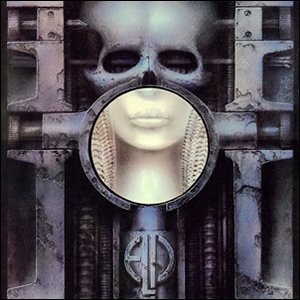
Buy Brain Salad Surgery Emerson, Lake, & Palmer reached their progressive climax with their fourth studio album Brain Salad Surgery. It was the group’s most ambitious and commercially successful album, with a mixture […]
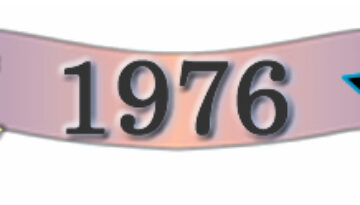
Buy Boston Although portrayed as a true “band”, Boston was really pretty much a solo project by engineer Tom Scholz. An M.I.T. graduate then working for Polaroid, Sholz built a home studio in […]
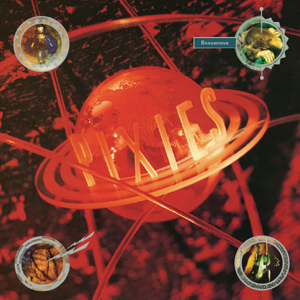
Buy Bossanova One who appreciates an album which flows in a seamless order from track to track will not be happy with Bosanova, a collection of short tracks that change radically from one […]
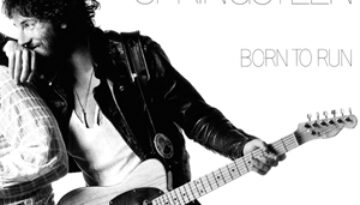
Buy Born to Run Bruce Springsteen has described the songs on Born To Run as different scenes happening on the same summer night somewhere in New Jersey and New York City. This third […]
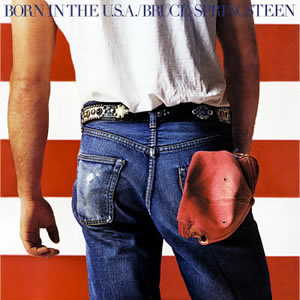
Buy Born In the U.S.A. Born in the USA marked the height of commercial success for Bruce Springsteen. It sold over 30 million copies worldwide and spawned seven Top 10 singles, a record […]
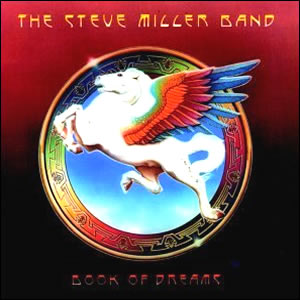
Buy Book of Dreams Steve Miller forged his reputation as a Chicago blues man, immersing himself in that scene during the 1960s and playing with the likes of Muddy Waters, Howlin’ Wolf, Buddy […]
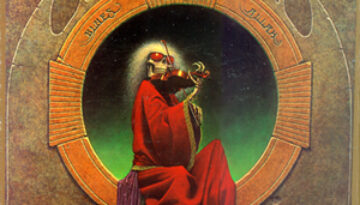
Buy Blues for Allah A unique album in the Grateful Dead‘s vast catalog, Blues for Allah, is made up of four proper songs, three instrumentals, and the bizarre, Avant Garde title suite. Produced […]
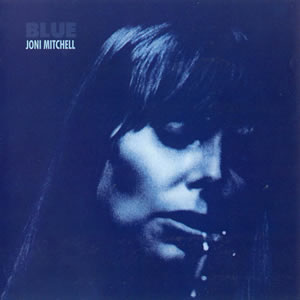
Buy Blue The fourth album by Joni Mitchell, the 1971 release Blue, saw the folk singer reach her highest critical acclaim. The album employs sparse musical arrangements leaning heavily towards the folk genre, […]
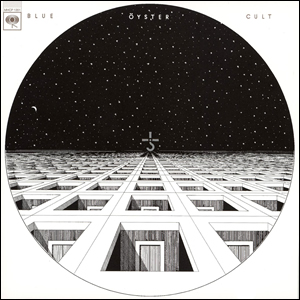
Buy Blue Öyster Cult The eponymous debut album by Blue Öyster Cult kicked off the year 1972 as well as the recording career of this Long Island, New York based rock group. Often […]